Eat, Drink, and Be Healthy

Think of healthy food as daily medicine for your body. It may not magically cure every ailment, but the right foods can ease symptoms, speed recovery, and give you a much-needed boost when you’re dealing with illness or injury. Here are some delicious ways to nourish and heal from the inside out.
Chicken Pho

Move over, plain chicken noodle soup—Vietnamese chicken pho (pronounced “fuh”) is a powerhouse when you’re fighting a cold. This flavorful broth doesn’t just warm you up—it’s loaded with antiviral star anise, anti-inflammatory cardamom and cinnamon, and antioxidant-rich goji berries and coriander seeds. Add in jalapeños for a kick of calcium, plus vitamins A and C, and you’ve got a spicy, soothing bowl that clears your sinuses and feeds your soul.
Sardines
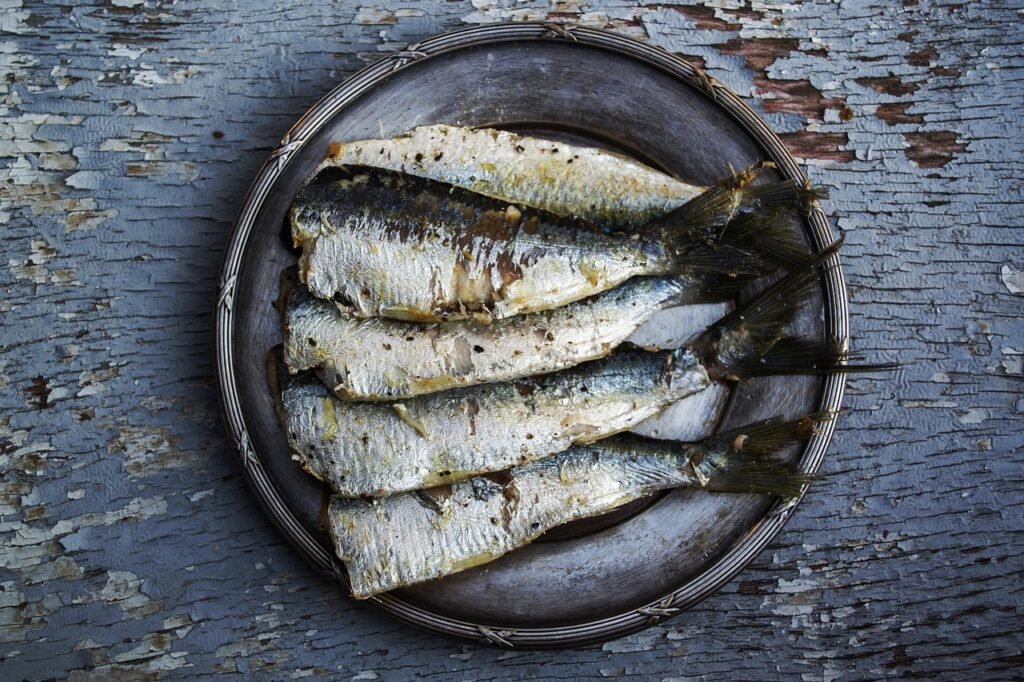
They may not win any beauty contests at the seafood counter, but sardines are tiny champions when it comes to bone health. Packed in tins with water, olive oil, or tomato sauce, these little fish deliver a big dose of calcium, vitamin D, and more bone-strengthening omega-3 fatty acids than most other fish. Plus, because they’re wild-caught and harvested young, sardines have low mercury levels—making them a smart, safe choice for regular eating.
Unripe Bananas
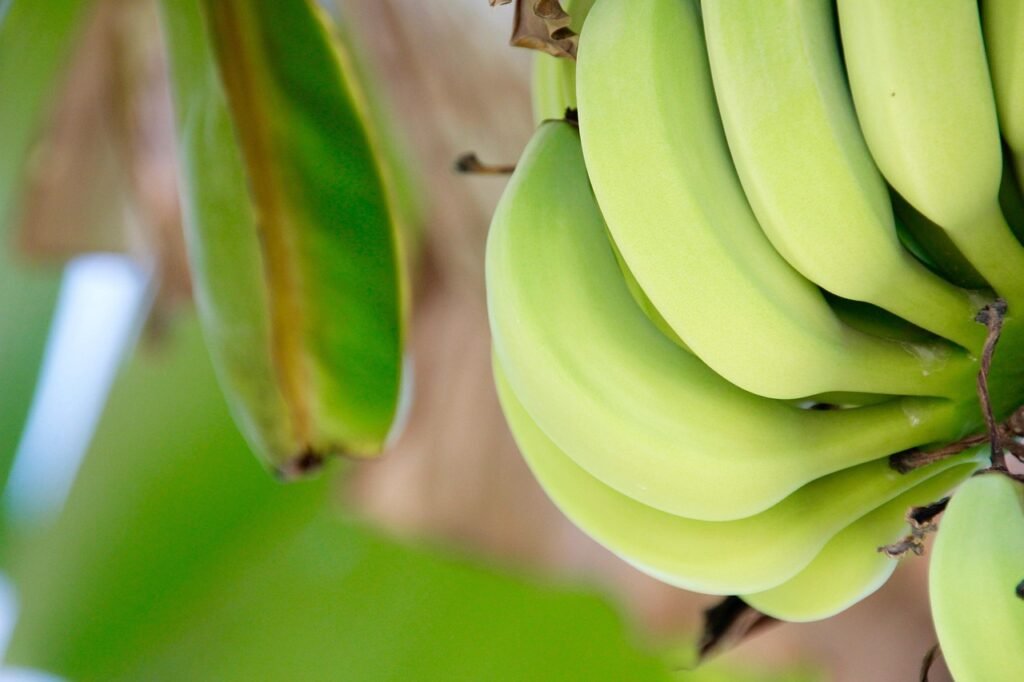
Green bananas come with a hidden health perk—they’re a natural remedy for diarrhea. Their resistant starch digests slowly, meaning it skips a quick pass through your small intestine and instead feeds the good bacteria in your gut, helping push out the bad. They’re also rich in potassium, an electrolyte your body needs to replace what you’ve lost and keep things balanced.
Honey
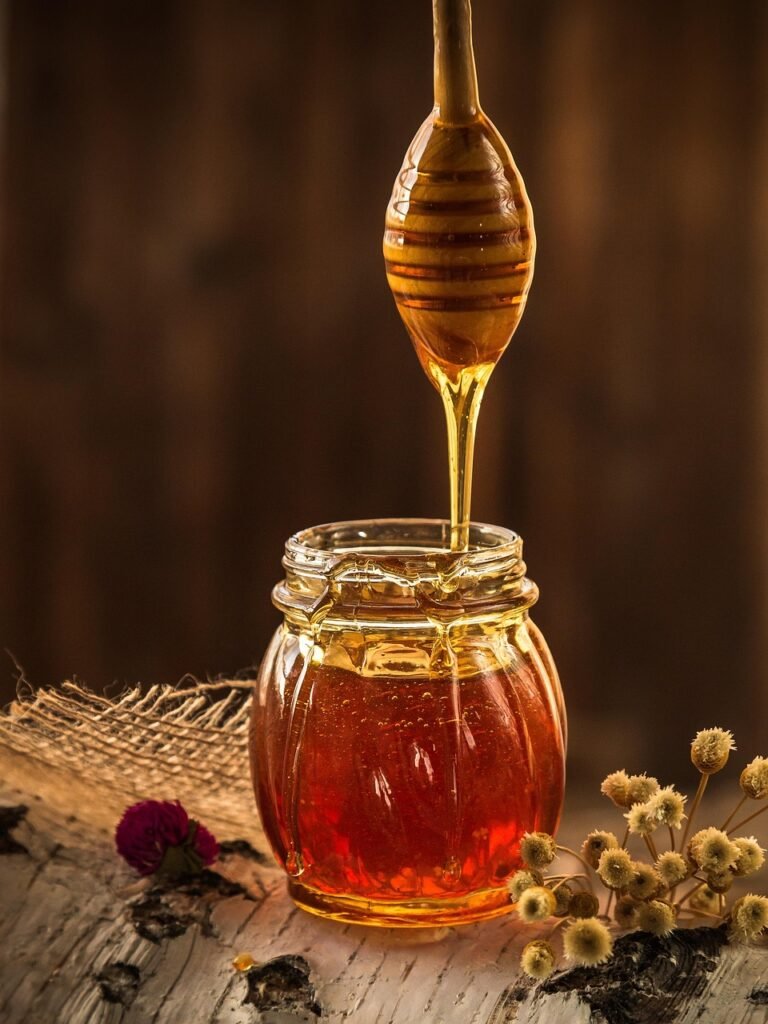
Forget honey-flavored lozenges—go straight for the golden good stuff. Real honey soothes inflammation, eases pain, and has natural antibacterial properties. It’s also brimming with antibodies that help fight viral infections, plus a healthy dose of niacin, vitamin C, calcium, and iron for an energy lift. Stir two tablespoons into warm water or tea, and you’ve got a comforting, natural cough remedy with sweet benefits.
Kimchi
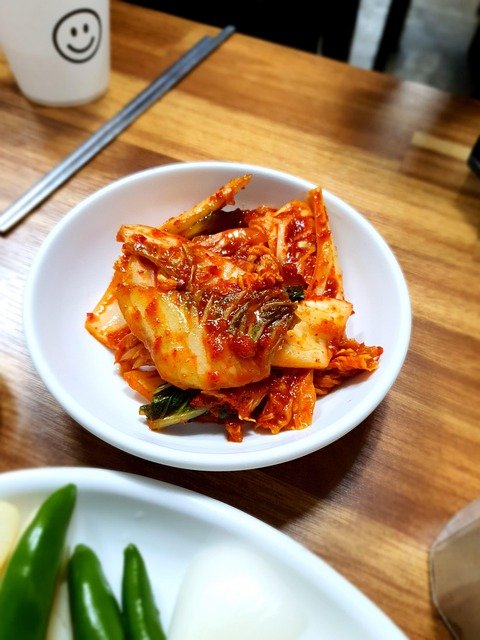
This spicy Korean favorite could be your secret weapon against gas and bloating. Made from vegetables like napa cabbage and radishes, kimchi is naturally fermented, meaning it’s packed with probiotics—the friendly bacteria that help your gut run smoothly. These probiotics crowd out the bad bacteria that can cause digestive discomfort. Some types of sauerkraut and pickles offer the same perks—just look for the words “naturally fermented” on the label.
Horseradish
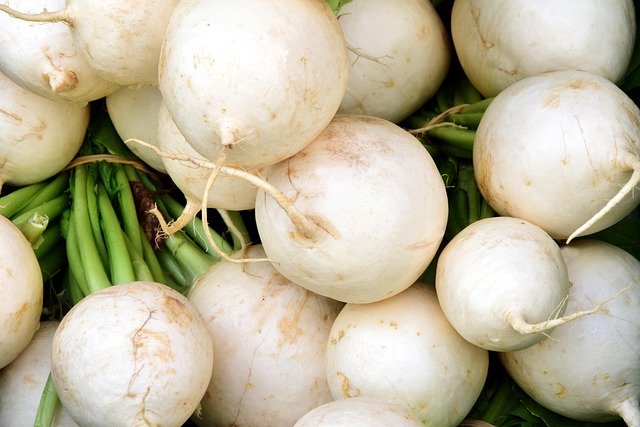
Bold, pungent, and a little fiery—horseradish isn’t here to play it safe. Grating the root releases oils that create its signature heat, often bringing tears to your eyes and a quick run to your nose. That’s actually a good thing—it helps clear out mucus that can trap bacteria and cause sinus trouble. Wasabi, horseradish’s green cousin served with sushi, works the same way.
Coffee

That pounding headache you feel? It often starts when the blood vessels around your brain tighten, then expand and press against your nerves. The caffeine in coffee, black tea, and even chocolate helps shrink those vessels back to size, easing the throb. Just remember—more isn’t always better. Too much caffeine can lead to withdrawal headaches, so enjoy it in moderation.
Kale
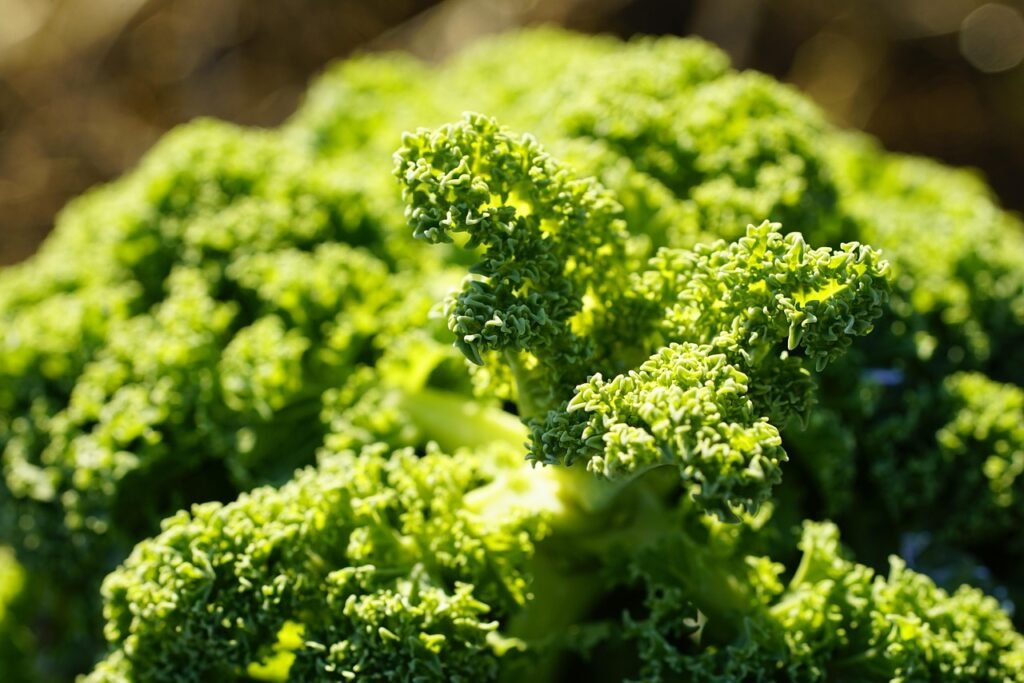
Got a small scrape or cut? Dark, leafy greens like kale, spinach, broccoli, and collard or turnip greens can help kick-start healing. They’re packed with vitamin K, a nutrient your body uses to help blood cells clump together and clot—stopping bleeding and protecting the wound. Vitamin K also plays a key role in building strong, healthy bones.
Ginger
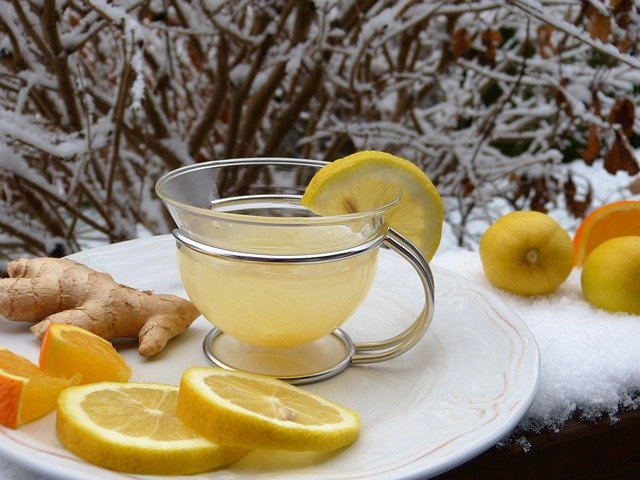
Love it or find it a little too spicy, ginger is a stomach’s best friend. The root contains compounds called gingerols that block the receptors in your digestive tract responsible for nausea. From morning sickness to motion sickness to post-surgery or chemotherapy-related upset, ginger is a gentle, natural remedy. Enjoy it fresh, dried, candied, powdered, pickled, or ground—it’s one versatile healer.
Herbal Tea
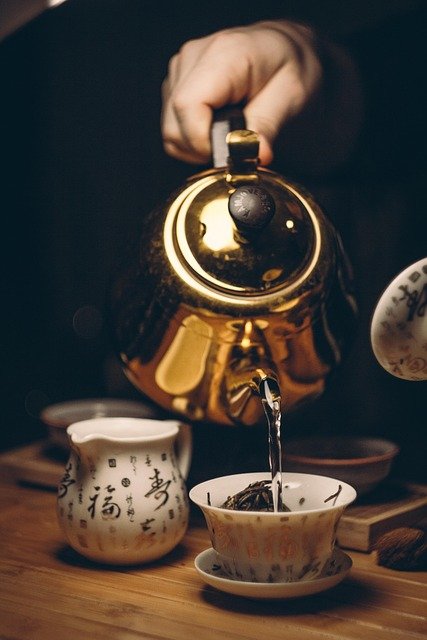
A steaming cup of herbal tea can be just what your sore throat needs. Peppermint tea naturally numbs discomfort, while clove and green tea help fight bacteria. Raspberry-flavored tea can ease inflammation, and soothing chamomile coats and lubricates your throat—perfect if you’re hoarse. Whatever blend you choose, stick with caffeine-free so your body can fully relax and get the rest it needs.
Apples
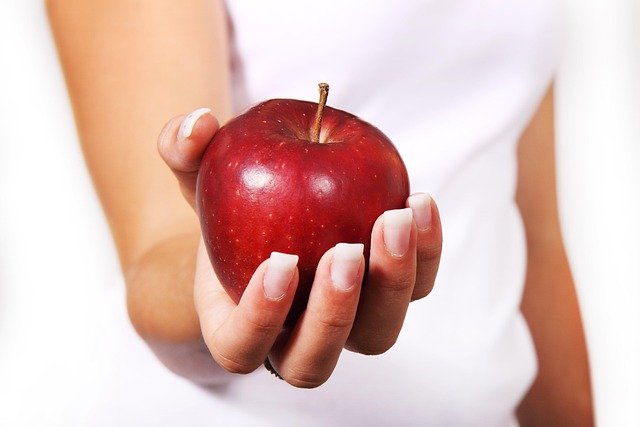
There’s truth to the saying, “An apple a day…” Apples are rich in pectin, a soluble fiber found in their cell walls that helps keep your digestion balanced. If you’re constipated, pectin helps get things moving; if you have diarrhea, it can calm inflammation and firm things up. For the most benefit, don’t peel the skin—it’s loaded with extra fiber. Other fiber-packed choices include raspberries, cooked artichokes, and Brussels sprouts.
All About Honey
How Do Bees Make Honey?
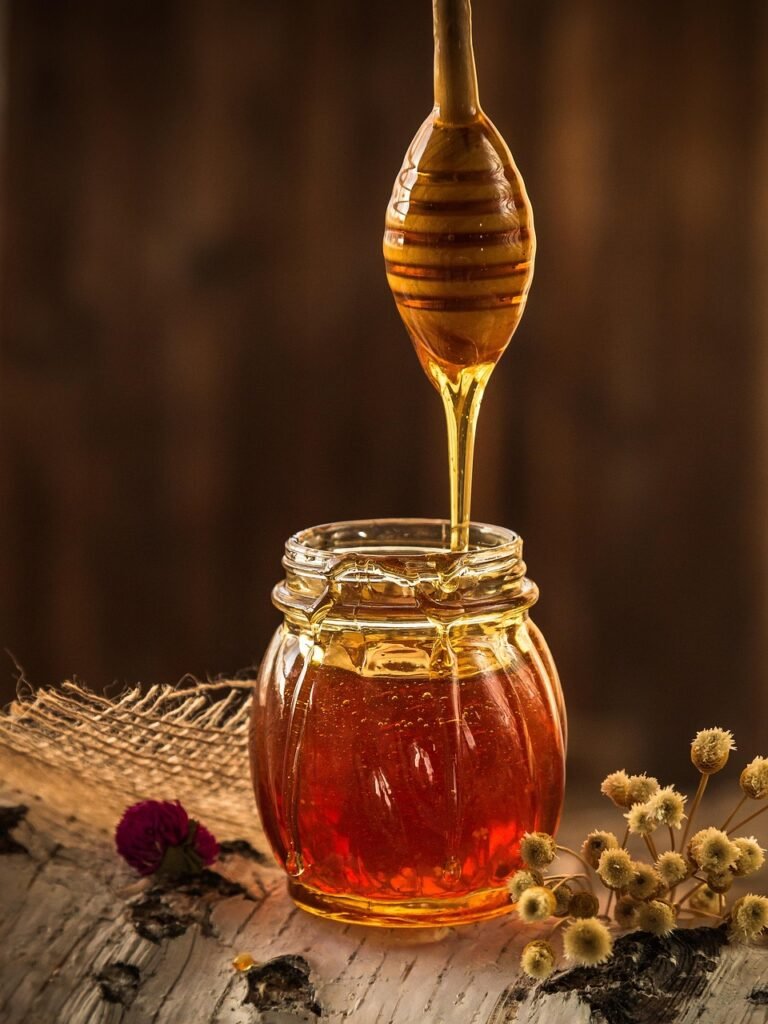
It all starts when a honeybee visits a flower and sips its sweet nectar, storing it in a special pouch called a honey crop. Inside this little “honey backpack,” enzymes begin breaking the nectar down into simple sugars. Back at the hive, the bee passes the nectar to her hive mates, who tuck it into the honeycomb’s tiny hexagon cells. Then comes the magic: the bees fan their wings to create a gentle breeze, drying the nectar until it thickens into golden honey. Once it’s ready, they seal each cell with a cap of wax. Fun fact: it takes about 2 million flower visits to make just one pound of honey!
Is Honey Really Bee Barf?
Well… not exactly. When bees collect nectar, they store it in a special second stomach made just for honey-making. Yes, they do pass it back up when they return to the hive—but since it never enters their real digestive stomach, it’s not technically vomit. Think of it more as a nectar transfer than anything gross.
Where Does Honey Come From?
Most honey in the U.S. comes from farms where bees pollinate crops like berries, fruits, vegetables, and nut trees. In 2017 alone, American beekeepers harvested 148 million pounds of honey! The top honey-producing states are North Dakota, California, South Dakota, Florida, and Montana. Beyond honey, bees play a vital role in farming—pollinating more than one-third of our crops and adding at least $15 billion in value to harvests each year.
How Long Have People Used Honey?
Humans have been sweet on honey for thousands of years. Ancient rock art in Spain, dating back to 6000 B.C., shows people gathering honey, and beeswax from around 8000 B.C. has been found in cooking pots in Turkey. By 2400 B.C., Egyptians were already expert beekeepers. As early farmers cleared land for pastures, flowers and shrubs flourished—creating perfect habitats for bees. Wherever humans went, honeybees followed.
How Is Honey Used in Brewing?
Honey has been part of brewing traditions for thousands of years—literally. The oldest known fermented drink, found in 9,000-year-old pottery jars in northern China, was made from honey, rice, and fruit. Today, brewers use honey to add sweetness, dryness, aroma, or a smooth, rounded flavor to beer. And of course, there’s mead—a beverage made by fermenting only honey with water. Mead may share the brewing spotlight, but it’s not beer—it’s in a category all its own.
Honey vs. Sugar
When it comes to sweeteners, honey may hold a slight edge. It naturally contains antioxidants, amino acids, and vitamins, though experts debate whether the amounts are enough to make a difference. Calorie-wise, honey is denser—about 21 calories per teaspoon compared to sugar’s 16. One important safety note: never give honey to children under 1 year old, as it can contain tiny amounts of botulism bacteria that are dangerous for infants.
Will Honey Help My Allergies?
Some people turn to local honey as a natural remedy for hay fever or seasonal allergies, hoping it works like a mild allergy shot. The theory is that the pollen in honey can help the body build tolerance. The catch? Most of the pollen in honey isn’t the kind that triggers sneezing, watery eyes, or congestion. Studies show that, for most people, eating honey won’t make a noticeable difference in allergy symptoms.
Can Honey Help You Heal?
For centuries, honey has been a go-to remedy for treating wounds and burns. The Ancient Egyptians were among the first to use it, applying honey to cuts and sores to fight bacteria, reduce swelling, prevent infection, and speed healing. Modern research supports these benefits, thanks to honey’s natural antibacterial and anti-inflammatory compounds. If you want to try it, choose medical-grade honey from a pharmacy, and always consult your doctor for serious wounds or burns.
How Long Does Honey Keep?
Honey’s shelf life is nothing short of legendary. Scientists have discovered pots of honey in ancient Egyptian tombs—thousands of years old—and still perfectly edible! Its low moisture content, natural acidity, and antibacterial properties make it nearly impossible to spoil when sealed. Store it in a tightly closed jar in a cool, dry place like your pantry. If it crystallizes, simply place it in an open, non-plastic container set in warm water until it returns to a smooth, golden liquid.
Can Honey Help You Heal?
For centuries, honey has been a go-to remedy for treating wounds and burns. The Ancient Egyptians were among the first to use it, applying honey to cuts and sores to fight bacteria, reduce swelling, prevent infection, and speed healing. Modern research supports these benefits, thanks to honey’s natural antibacterial and anti-inflammatory compounds. If you want to try it, choose medical-grade honey from a pharmacy, and always consult your doctor for serious wounds or burns.
What’s Royal Jelly?
Think of royal jelly as the ultimate bee superfood. All baby bees get a taste of it in their first few days of life, but future queen bees are fed royal jelly nonstop until adulthood. That special diet is why queens grow larger and live much longer than worker bees. Some people believe royal jelly offers similar superfood benefits to humans—touting it as a cure for everything from baldness to menopause symptoms to arthritis. But science says most of these claims are more buzz than fact.
What Is Manuka Honey?
Manuka honey is a rich, dark variety made from the nectar of New Zealand’s manuka trees—and it’s prized for more than just its flavor. This honey contains a unique antibacterial compound that has caught the attention of researchers. Studies suggest it can help heal wounds, burns, and ulcers, fight off dangerous bacteria, and even treat certain skin conditions. Early research also hints at potential cancer-fighting properties, making manuka honey one sweet subject for science.
Health Benefits of Olive Oil
Olive Oil Basics
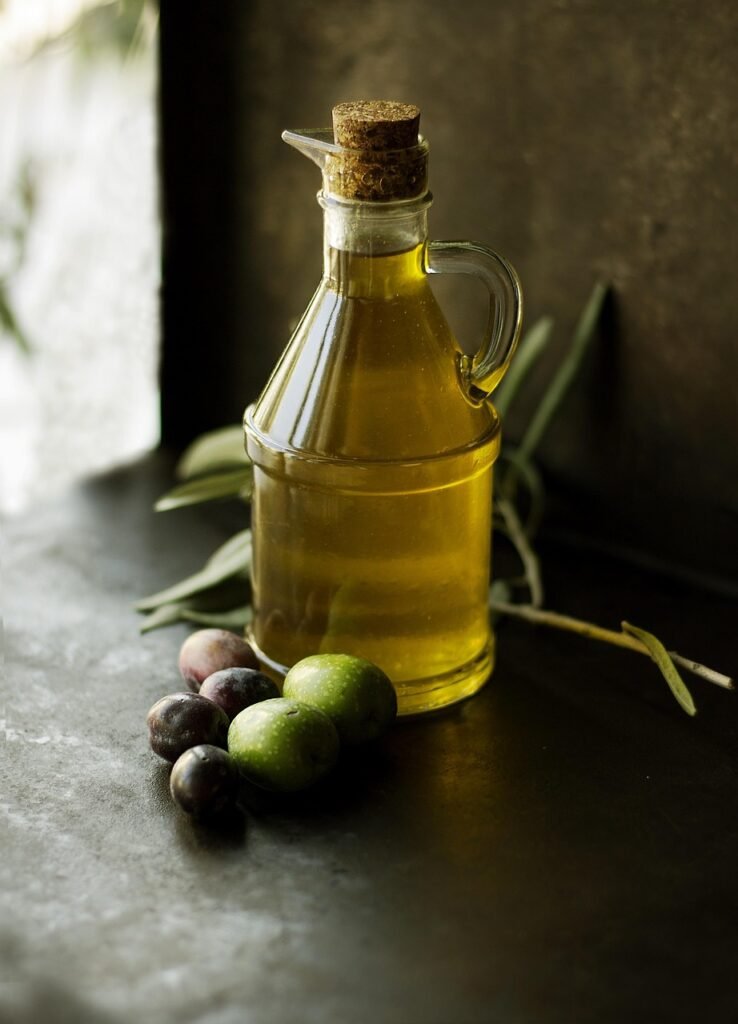
Olive oil is made by grinding or pressing whole olives and collecting the golden liquid that flows out. It’s a versatile kitchen staple—perfect for cooking, drizzling over bread, pasta, or salads, and even adding to baked goods. Beyond its rich flavor, olive oil offers a long list of health benefits, making it as good for your body as it is for your taste buds.
Types of Olive Oil
Olive oil comes in three main grades: extra virgin, virgin, and refined (sometimes called “light”). The difference lies in how much processing each type undergoes before it’s bottled. Refined olive oil is the most processed, while extra virgin is the least.
Which Is Healthiest?
Extra virgin olive oil (EVOO) is the top choice for both flavor and nutrition. Because it’s minimally processed, it retains more of its natural plant compounds—phytochemicals—that may help protect against cancer and heart disease. If you want to get the most health benefits from your olive oil, EVOO is the way to go.
Boosts Heart Health
Big studies show that adding more extra virgin olive oil (EVOO) to your diet can help lower your risk of heart disease. The active compounds in EVOO work to reduce blood pressure and keep your arteries flexible, helping your heart stay strong.
Lowers Stroke Risk
Swapping out less healthy fats for olive oil in your meals might reduce your chances of having a stroke by over 40%.
Fights Inflammation
Chronic inflammation can lead to many serious diseases. Luckily, antioxidants in EVOO help reduce inflammation in your body—working in ways similar to anti-inflammatory medicines like ibuprofen. Plus, the oleic acid found in olive oil has its own anti-inflammatory effects.
High in Antioxidants
Free radicals are unstable atoms that can damage your cells, increasing disease risk. Antioxidants fight back against these harmful molecules, and extra virgin olive oil is packed with them, helping protect your body from damage and illness.
Zaps Bacteria
Olive oil contains nutrients that can help fight harmful bacteria. For example, it has compounds that attack Helicobacter pylori, a stomach bacteria linked to ulcers and even some cancers, helping to destroy it naturally.
Prevents Cancer
A Mediterranean diet, which emphasizes plant-based foods and plenty of olive oil, is linked to a significantly lower risk of several cancers—including colorectal, endometrial, breast, pancreatic, and prostate cancers.
Boosts Your Brain
Another great perk of a Mediterranean diet rich in olive oil? It supports brain health. Studies show it can improve thinking, memory, and understanding, and may even help protect against Alzheimer’s disease.
